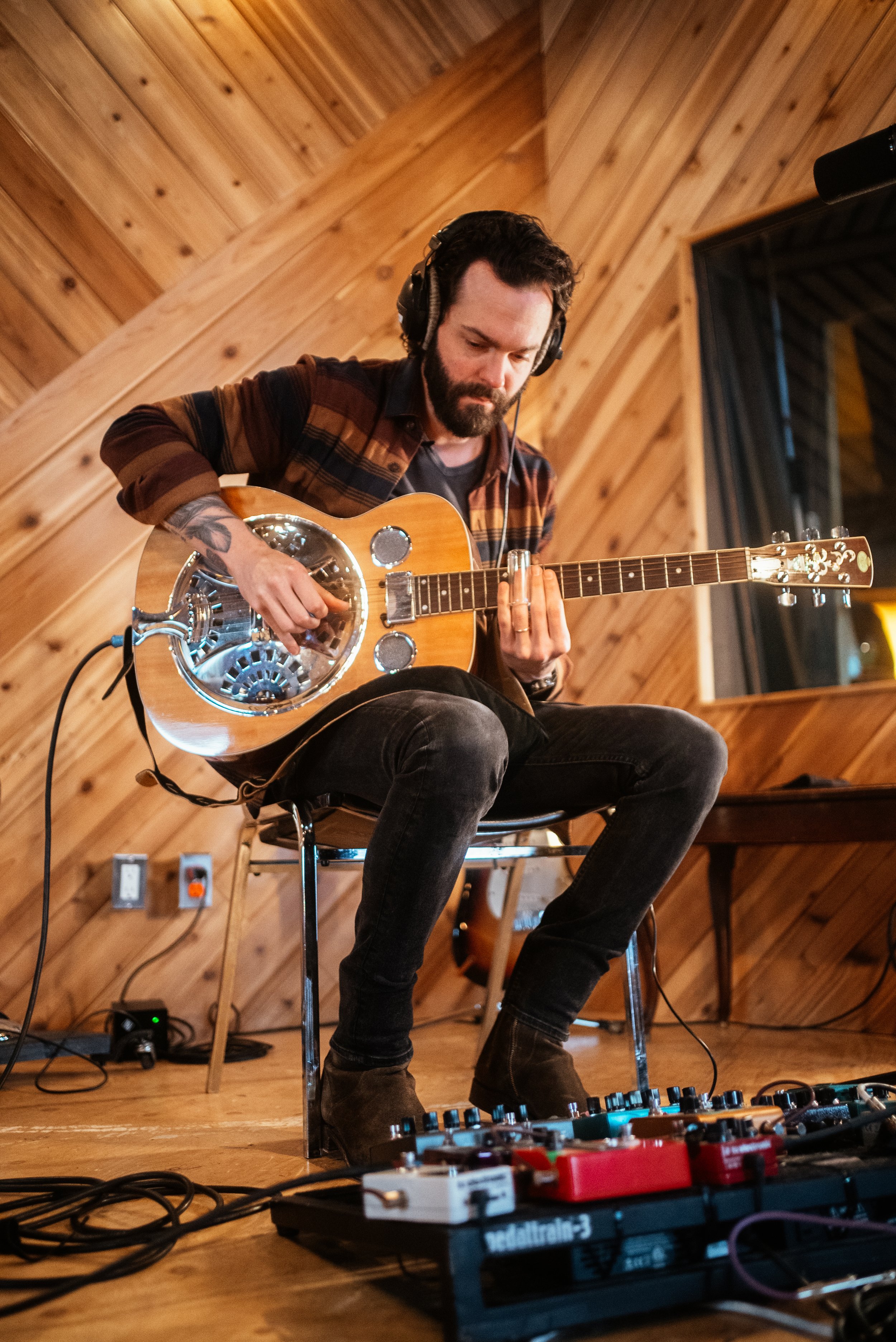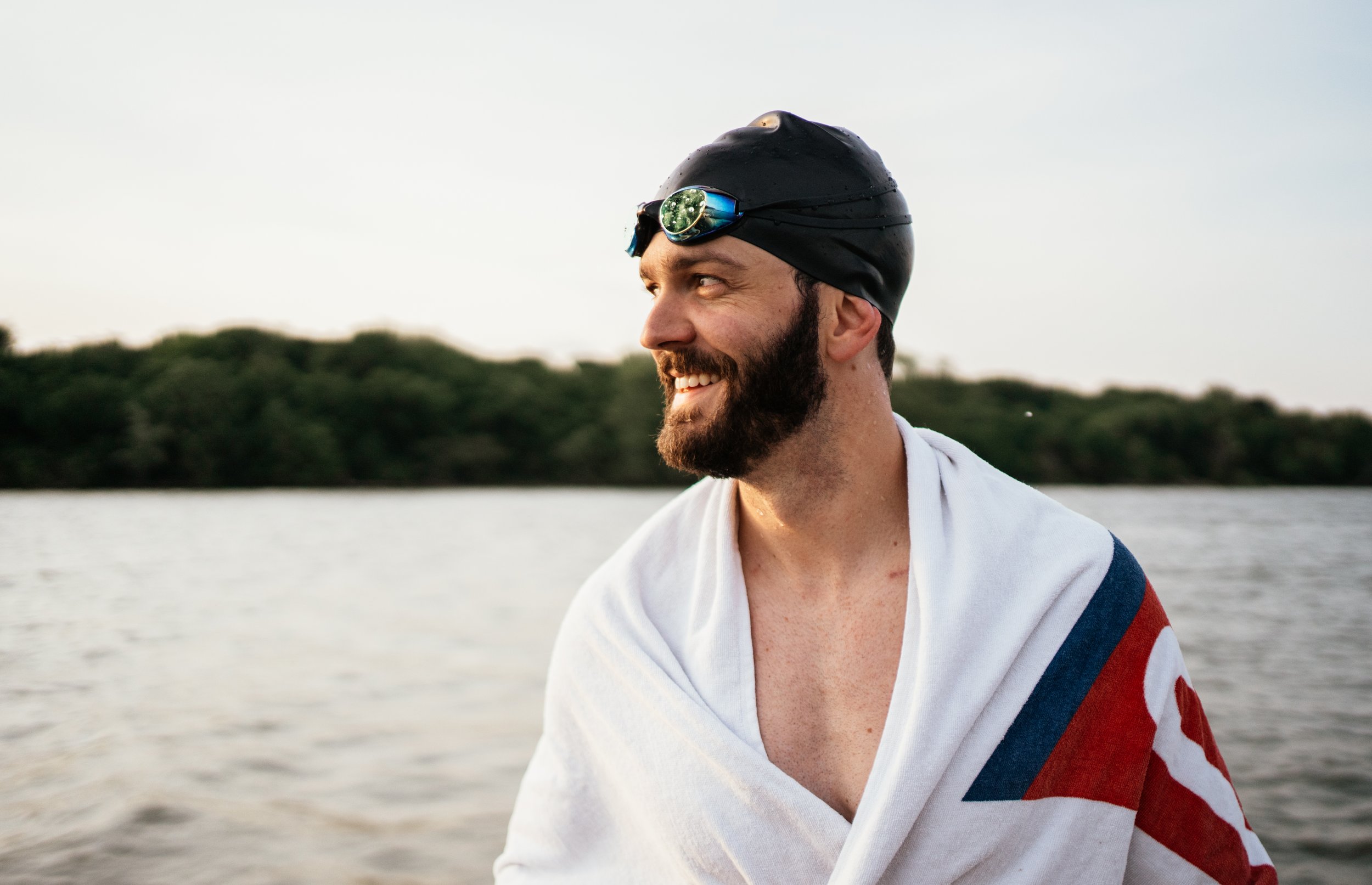How I Sold My First Documentary to a Streaming Platform
The journey of a filmmaker is often filled with passion projects that we pour our hearts and souls into, only to wonder if anyone will ever see them. For many, the ultimate dream is to have one of those projects picked up by a streaming platform, allowing it to reach a wider audience. This is the story of how I, an adventure filmmaker, managed to sell my music documentary to Outside TV—a journey that I’m excited to share with you in this blog post.
Exposition: The Birth of a Passion Project
As an adventure filmmaker, my work typically revolves around capturing the thrill of outdoor pursuits, from climbing to surfing and beyond. So why did I decide to create a music documentary? The answer lies in my deep love for music. I’m a musician myself, with years of songwriting under my belt, and I’ve always been fascinated by the music industry. I’ve long believed that there’s a strong overlap between the perseverance required to succeed in music and the grit needed to thrive in the world of adventure sports. This shared resilience became the foundation for my music documentary.
The idea started to take shape when I heard Ryan Kinder on a podcast. Ryan is a talented musician based in Nashville, known for his powerful voice and guitar skills. But what intrigued me even more was that he was training for the Ironman World Championship in Kona, Hawaii. The combination of his music career and his athletic journey was the perfect intersection of the worlds I wanted to explore. In 2021, I reached out to Ryan, pitching the idea of creating a documentary that would follow his journey as he balanced recording his second full-length album with preparing for one of the most grueling athletic events in the world.
After several conversations, both over the phone and in person in Nashville, Ryan agreed to the project. We hit it off immediately, and he saw the potential in this unique blend of music and athleticism. This was the beginning of what would become a year-and-a-half-long journey, filming across five different states and documenting everything from studio sessions in Montreal to swim training in Hawaii.
Development: The First Steps Toward Distribution
Creating the documentary was one thing, but figuring out how to get it seen by a broader audience was another challenge entirely. This is where my previous work on another project, "The Goat Surf Club," came into play.
"The Goat Surf Club" was a documentary series I created with my two best friends about a surf trip to Morocco that took an unexpected turn. We found ourselves trapped when Morocco’s borders closed due to COVID-19, leaving us with no way to return home. What started as a commercial project quickly evolved into a mini-documentary series that captured the incredible experience of being stuck with empty waves in an exotic location. The series gained attention, and I decided to pitch it to Outside TV, a network I had admired for years.
The process of getting "The Goat Surf Club" onto Outside TV was surprisingly straightforward. I found an email address for their pitch department, sent over a detailed pitch of our story, and they responded positively. It was a simple process, but it was a crucial step in building a relationship with the network. The success of "The Goat Surf Club" led to further conversations with Outside TV, and eventually, they agreed to share both the first season of the series, which covered our time in Morocco, and a second season, where we surfed and connected with environmentalists in Ireland.
By the time I began filming the Ryan Kinder documentary, I had already established a working relationship with Outside TV. They were familiar with my work, and I knew they were interested in unique stories that combined adventure with deeper narratives. This existing relationship gave me a strong foundation as I considered where the documentary could live once it was completed.
The Question of Distribution: Getting the Documentary Seen
Distribution is a critical aspect of filmmaking that often doesn’t get enough attention, especially for independent filmmakers. When I first started making films, I didn’t think much about distribution. I would upload my projects to YouTube, share them on social media, and hope that someone would watch them. I was proud of the work I created, but I wasn’t focused on how many views it received or where it was shown.
However, the Ryan Kinder documentary was different. I had invested so much time, energy, and passion into this project that I wanted it to be seen by as many people as possible. I didn’t want it to fade into the noise of the internet, lost among countless other videos. I wanted it to have a proper home—a platform that could help it reach the audience it deserved.
With this goal in mind, I began discussing distribution opportunities with Outside TV. At this point, we were about halfway through the filming process, so I put together a teaser to show them what we had. Outside TV was intrigued by the premise—a professional musician balancing his career with training for the Ironman World Championship. But they wanted to see a more developed version of the project before committing to distributing it.
This meant continuing to film and refine the documentary while keeping the lines of communication open with Outside TV. It was a delicate balance of continuing to craft the story while ensuring that it would meet the standards and expectations of a streaming platform.
The Resolution: Closing the Deal and Lessons Learned
After months of filming, editing, and ongoing conversations with Outside TV, we reached an agreement. They offered us a non-exclusive deal, which was the best-case scenario for us. This meant that the documentary would initially be distributed through Outside TV, but we could also submit it to film festivals, share it on YouTube, and explore other distribution avenues. This flexibility allowed us to maximize the reach of the documentary, ensuring that it would be seen by as many people as possible.
Selling the documentary to Outside TV was a significant milestone in my career, but the journey didn’t end there. I learned several valuable lessons throughout this process, lessons that I believe are crucial for any filmmaker looking to get their work onto a streaming platform:
Build Relationships: The most important lesson I learned is that relationships are everything in this industry. My relationship with Outside TV didn’t happen overnight; it was built over time through mutual respect, transparency, and a shared passion for storytelling. By delivering quality work and maintaining open communication, I was able to establish a partnership that benefited both parties.
Patience is Key: Filmmaking is a marathon, not a sprint. From the initial idea to the final cut, the Ryan Kinder documentary took over a year and a half to complete. During that time, there were moments of doubt, frustration, and exhaustion. But by staying patient and focused on the end goal, we were able to create a documentary that we were proud of.
Embrace Flexibility: The non-exclusive deal with Outside TV was a win for us because it allowed the documentary to live in multiple places. This flexibility meant that the film could continue to grow its audience beyond its initial release, giving it a longer lifespan and more opportunities to be seen.
Focus on the Story: At the end of the day, what matters most is the story you’re telling. The reason Outside TV was interested in our documentary was because it had a compelling narrative—a musician pushing his physical and creative limits in pursuit of greatness. Focusing on crafting a story that resonates with people is the key to capturing the attention of platforms and audiences alike.
Passion Projects Have Value: Although I didn’t make a significant amount of money from this documentary, the value I gained from it was immeasurable. I developed a deep friendship with Ryan Kinder, honed my filmmaking skills, and created a piece of work that I’m incredibly proud of. Sometimes, the rewards of a project go beyond financial gain, and those rewards can be just as fulfilling.
Beyond the Sale: The True Value of Passion Projects
While selling a documentary to a streaming platform is a dream come true for many filmmakers, the experience of creating and sharing that work is often just as valuable. For me, the process of making the Ryan Kinder documentary was about more than just selling a film. It was about the relationships I built, the lessons I learned, and the satisfaction of seeing a project through from start to finish.
The Goat Surf Club, another passion project, is a prime example of this. Financially, it didn’t make sense to continue producing the series, but the experiences we had, the people we met, and the stories we told were worth far more than any monetary gain. The same is true for the Ryan Kinder documentary. Although I didn’t turn a profit on the project, I gained so much more—new skills, new connections, and a sense of accomplishment that goes beyond dollars and cents.
At the end of the day, filmmaking is about telling stories that matter, and that’s what keeps me going. Whether it’s a documentary about music, a series about surfing and environmentalism, or any other project I choose to pursue, the passion I have for storytelling will always be at the heart of what I do.
Conclusion: The Journey Continues
Selling a documentary to a streaming platform is a significant achievement, but it’s just one part of the larger journey of being a filmmaker. For me, the process of creating, pitching, and ultimately selling the Ryan Kinder documentary was a valuable learning experience that reinforced the importance of relationships, patience, and passion in this industry.
As I continue to grow as a filmmaker, I’ll carry these lessons with me, always striving to tell stories that resonate with audiences and stay true to the things I’m passionate about. And while the financial rewards of filmmaking can be unpredictable, the personal and professional growth that comes from pursuing your passion is worth every minute.
If you’re a filmmaker with a story to tell, I encourage you to keep pushing forward, build those relationships, and never lose sight of the passion that drives you. You never know where your journey might take you - or who might be watching.
Let’s Connect
Roo is a Emmy nominated documentary filmmaker and photographer based in Boulder, Colorado but travels all around the world for his filmmaking career. He has directed documentaries for Patagonia in California, produced films for Outside Magazine throughout Europe and Africa, camera operated for Netflix in the Rocky Mountain West, photographed among indigenous communities in South America, and has received notable recognition in his hometown of Orcas Island in Washington State for his work telling uplifting stories in the outdoor space.







